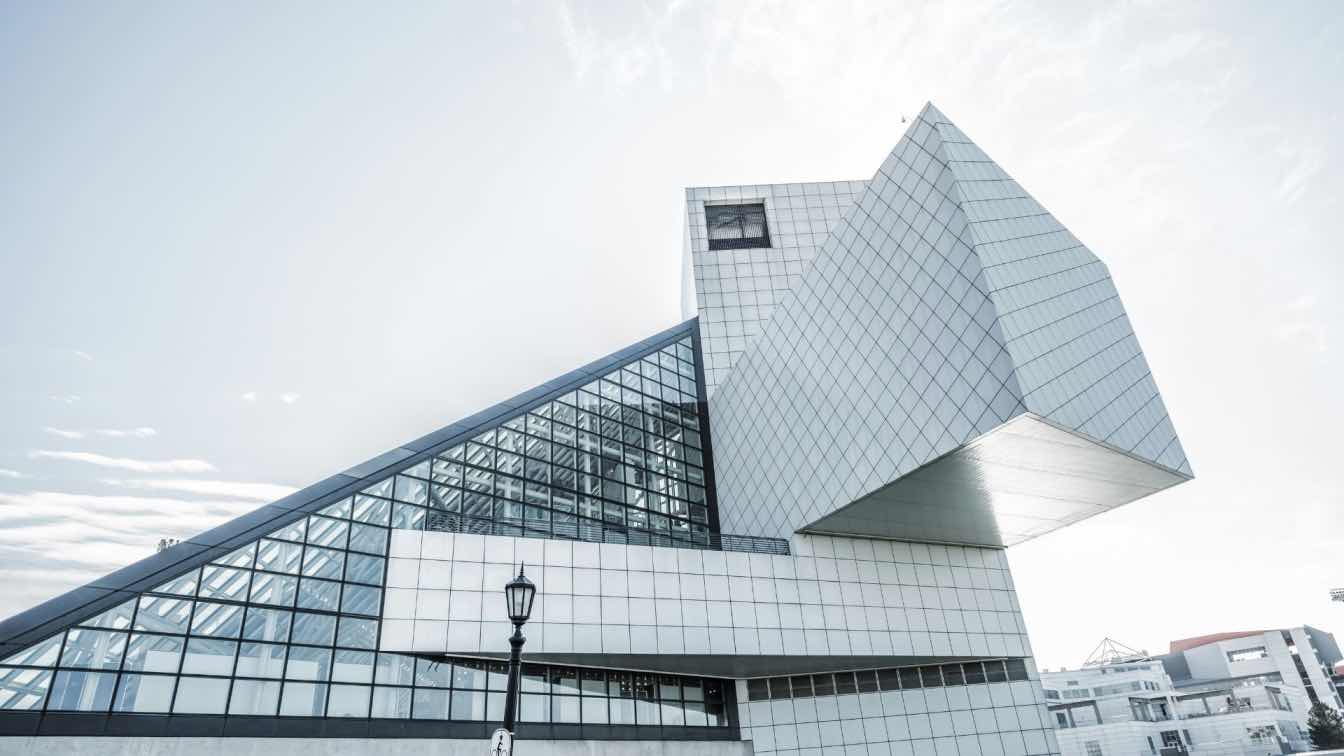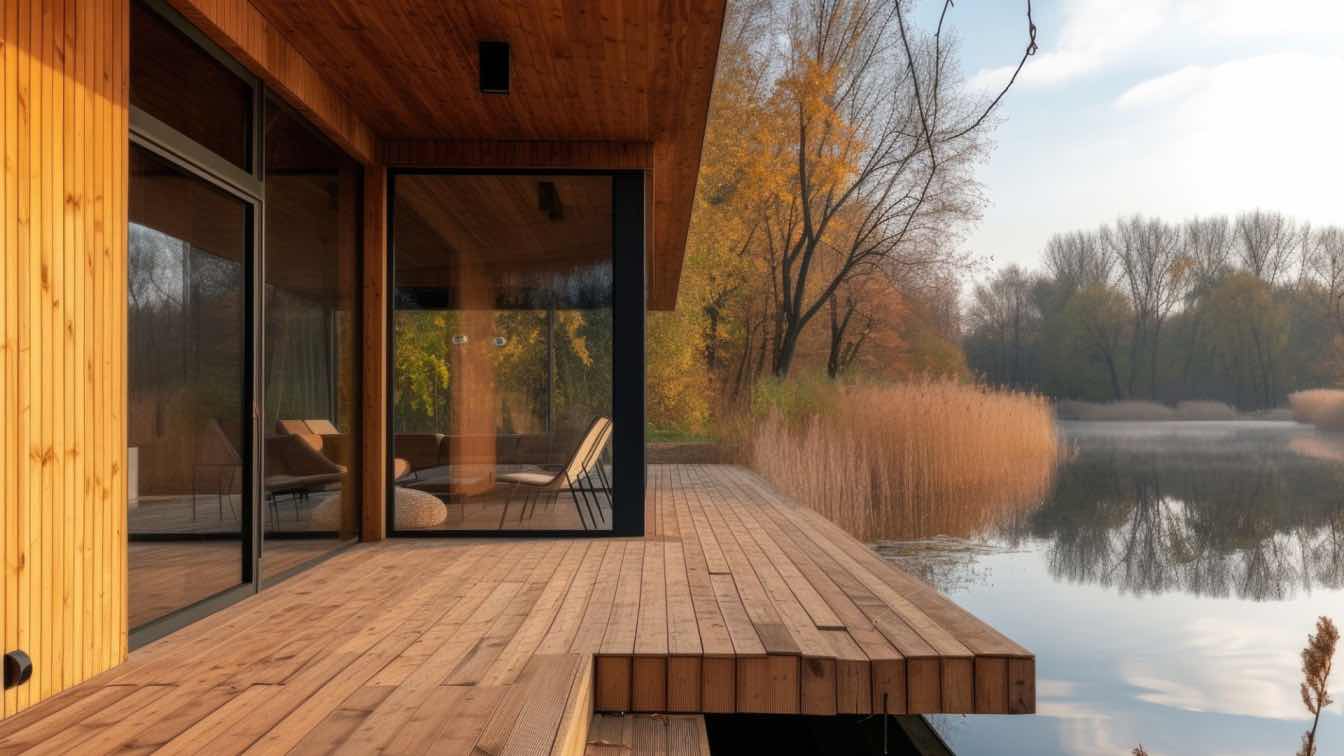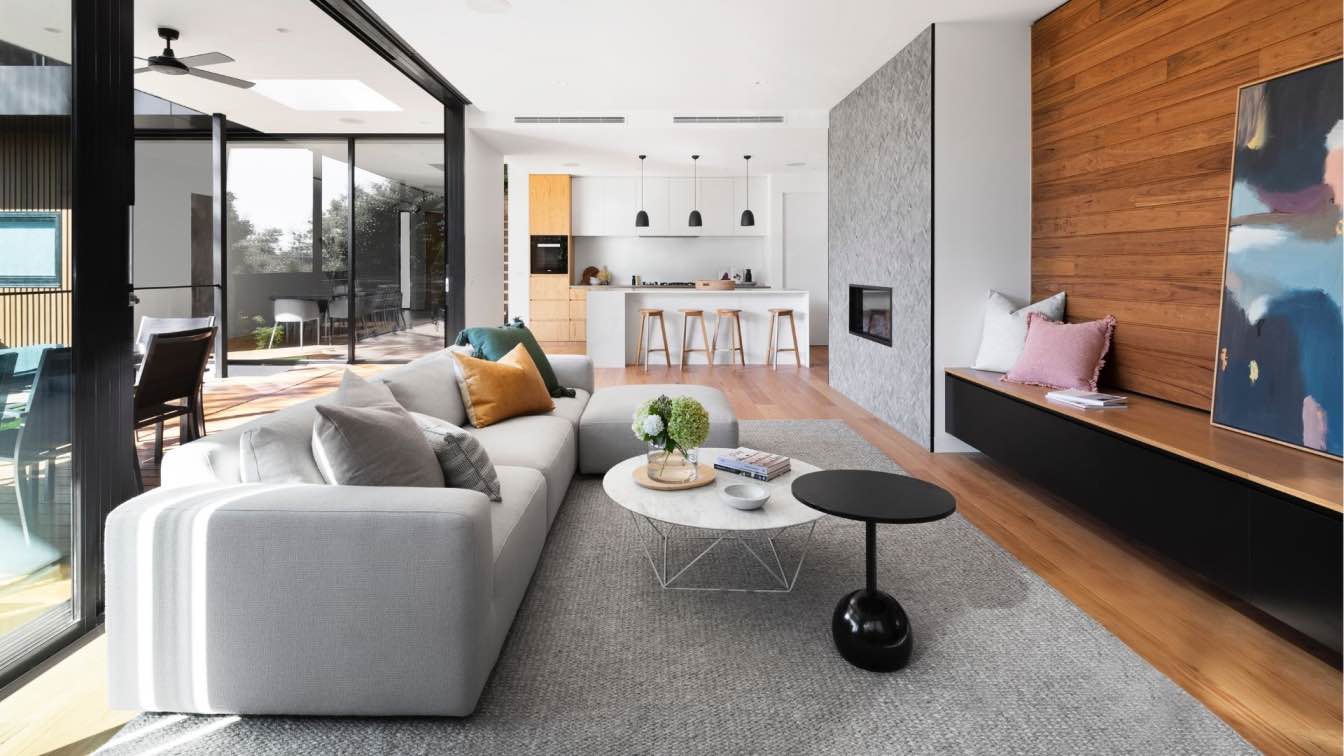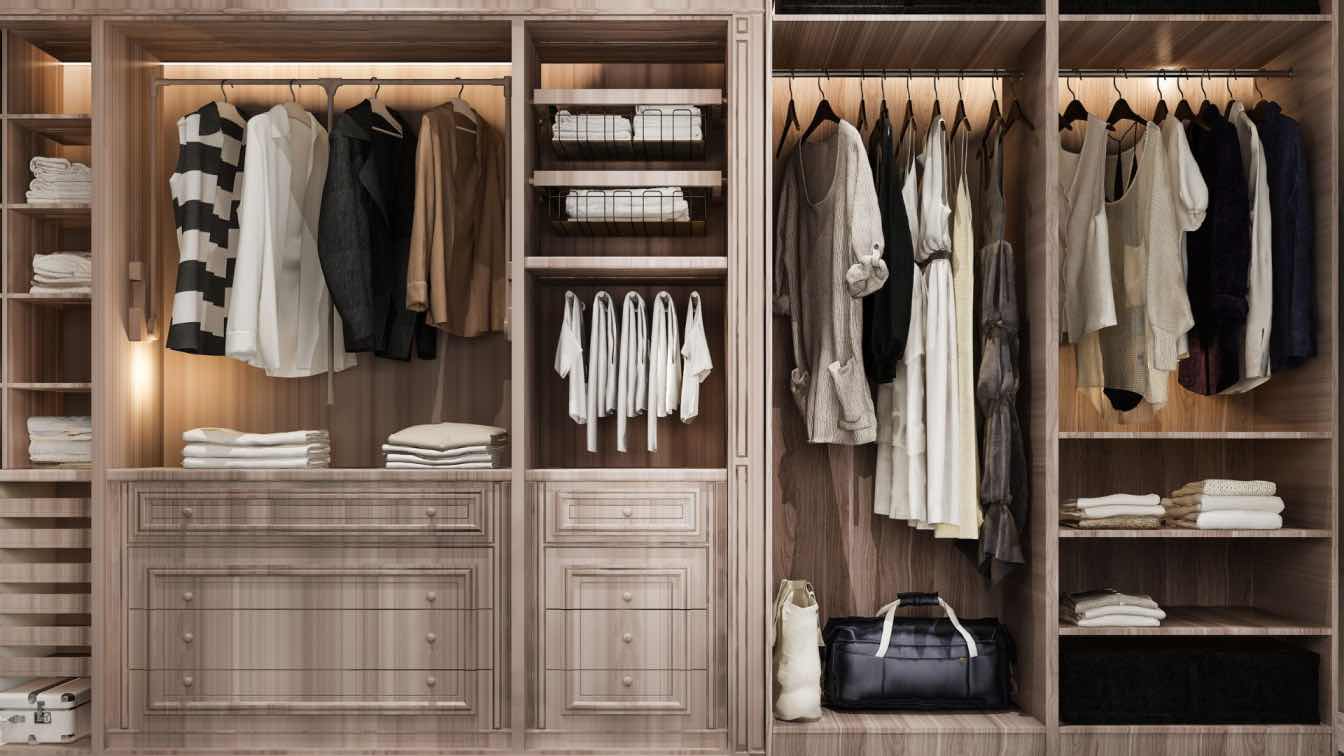You want a beautiful home, but you don’t want to spend every weekend maintaining it, right? Wouldn’t it be great if your walls never needed fresh paint or if the fence never warped or rotted? Believe it or not, things like these are what low-maintenance architecture is all about and it’s becoming the standard for modern construction.
Thanks to technology and the speed at which it’s advancing, architects and builders can now use materials that don’t show wear and tear, that need hardly any cleaning, and that can even help with keeping the temperature inside pleasant. The way buildings and homes are designed is changing, and for the better. Even outdoor spaces are getting upgrades in the form of materials that last longer and that can withstand all kinds of weather.
So, what exactly do we have to look forward to in the future? Let’s explore.
What’s New in Low-Maintenance Building Materials?
The materials that modern buildings have it all; they are durable like no others, they’re designed to be low-maintenance, and they’re able to stay looking new and polished for years. Nowadays, materials practically take care of themselves.
For example, take a look at self-cleaning glass. It has a special layer of nanotechnology coating and when it’s exposed to sunlight, it breaks down dirt. When you expose it to rain, it cleans itself, so you don’t need to wash your windows as much. How cool is that? Rain no longer ruins the way your windows look; instead, it helps them stay clean.
Exterior walls are also upgraded with composite cladding and siding that’s made from engineered wood, fiber cement, or metal. All of these materials can withstand harsh weather, they don’t rot, and their color stays vibrant without you having to repaint it all the time. Not even concrete stayed the same. Engineered concrete is much stronger and more flexible compared to what we used to use, so there’s fewer cracks and repairs over time.
Inside, we have surfaces that don’t get scratched or stained. Quartz countertops are not porous, and polished concrete floors don’t let liquid seep in, so cleaning is a piece of cake.
Put all of this together and what do you get? A home that looks amazing without nonstop maintenance.
Low-Maintenance Construction and Outdoors
One of the biggest changes are prefabrication and modular construction. Instead of building everything on-site like before, parts of a structure (house, building, etc.) are made in the factory and once they get to the site, they’re put together like pieces of a puzzle. This way, fewer mistakes occur, the construction is faster, and you get a stronger, more long-lasting structure.
Also, passive design principles are becoming more and more popular. They take advantage of natural light, airflow, and insulation to keep the interior warm in the winter and cool in the summer without having to use heating and air conditioning as much. Another big step forward are smart coatings and sealants. Because of them, you can now treat walls, floors, and exteriors with coatings that don’t get mold, don’t stain, and even resist graffiti. Some buildings have green roofs and living walls covered in plants that help with insulation and protect the structure from the weather.
And let’s not forget the outdoors! You want materials that hold up against the elements without having to constantly keep repairing them.
Take metal roofs, for instance. It’s replacing shingles because it lasts for decades and doesn’t crack or rot. Composite and PVC decking is now a better choice than wood because it doesn’t warp, splinter, or need to be stained. You’ll also notice a lot of porcelain pavers; they’re a tough, more weather-resistant alternative to traditional concrete pathways.
Vinyl fencing is one of the best examples of a low-maintenance upgrade. If you were to use wood, you’d need to stain and seal it to make it stay in good shape. Vinyl fencing, however, will hold up against sun, rain, and pests without rotting and fading. Plus, you get to choose from a lot of different designs, and some of them even look like wood if that’s your taste.
And as a bonus, a lot of these fences are made of recycled materials, so they’re far more sustainable than your traditional wood is.
Conclusion
So, what does the future look like? We’d say it’s very bright and for anyone in this business, they probably can’t wait to see other advancements that researchers will come up with. Construction will never be easy-peasy, and owning a home will always need a certain amount of work to have it keep looking neat and polished. But now, with these modern upgrades, everything is becoming easier and less time-consuming.
What might have seemed like science fiction a few decades ago is now becoming the norm and we can’t be more excited about it.





